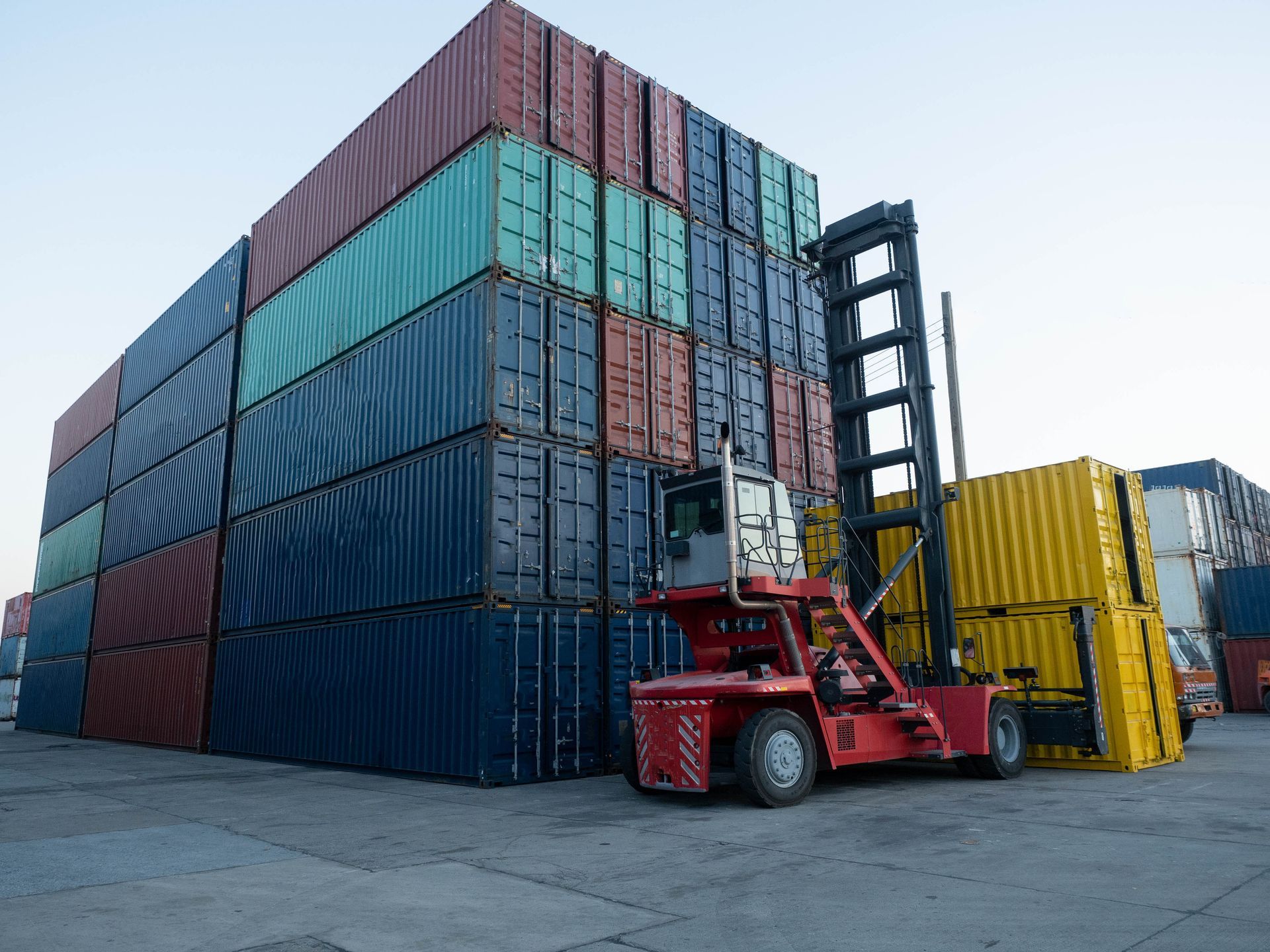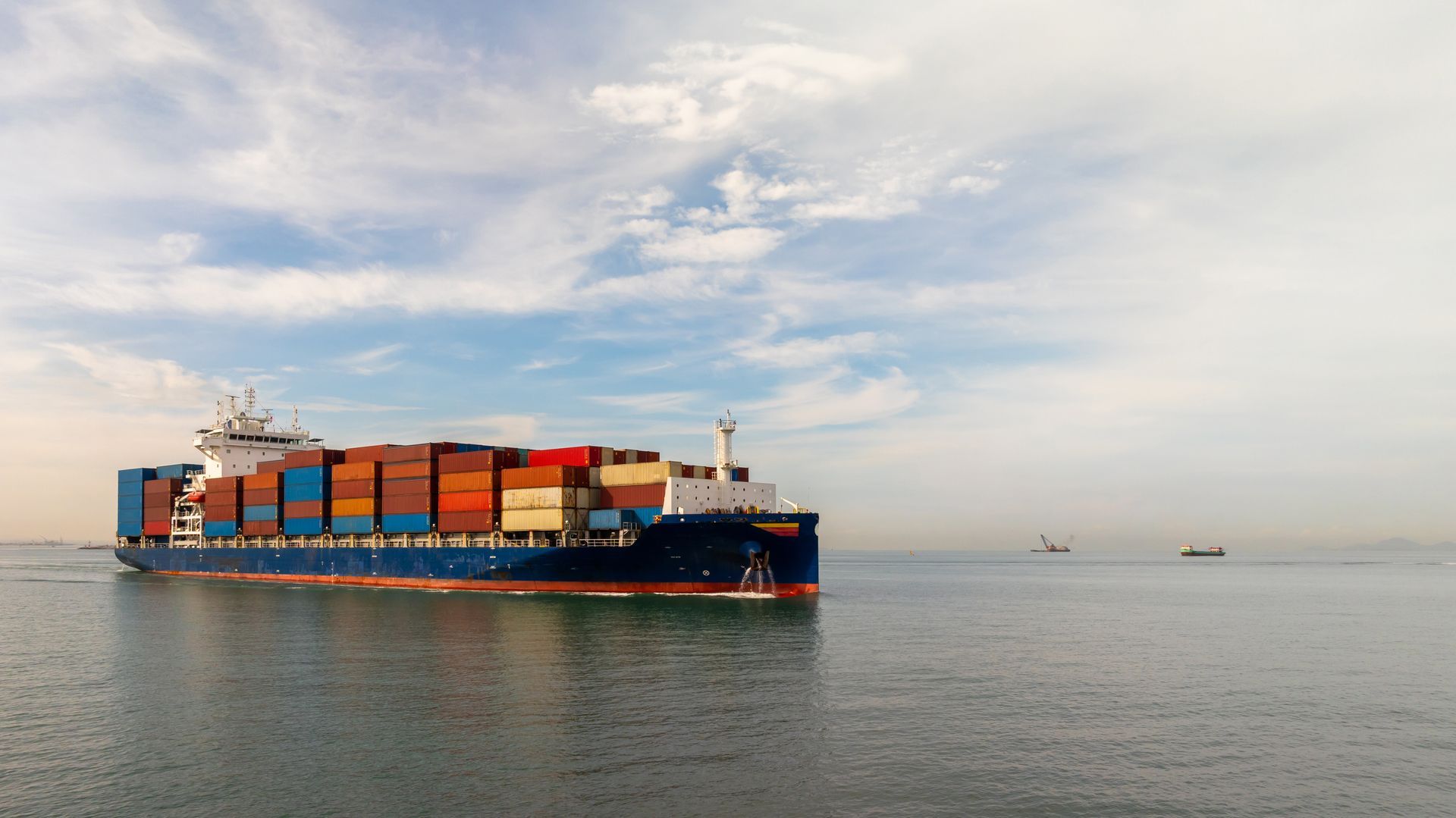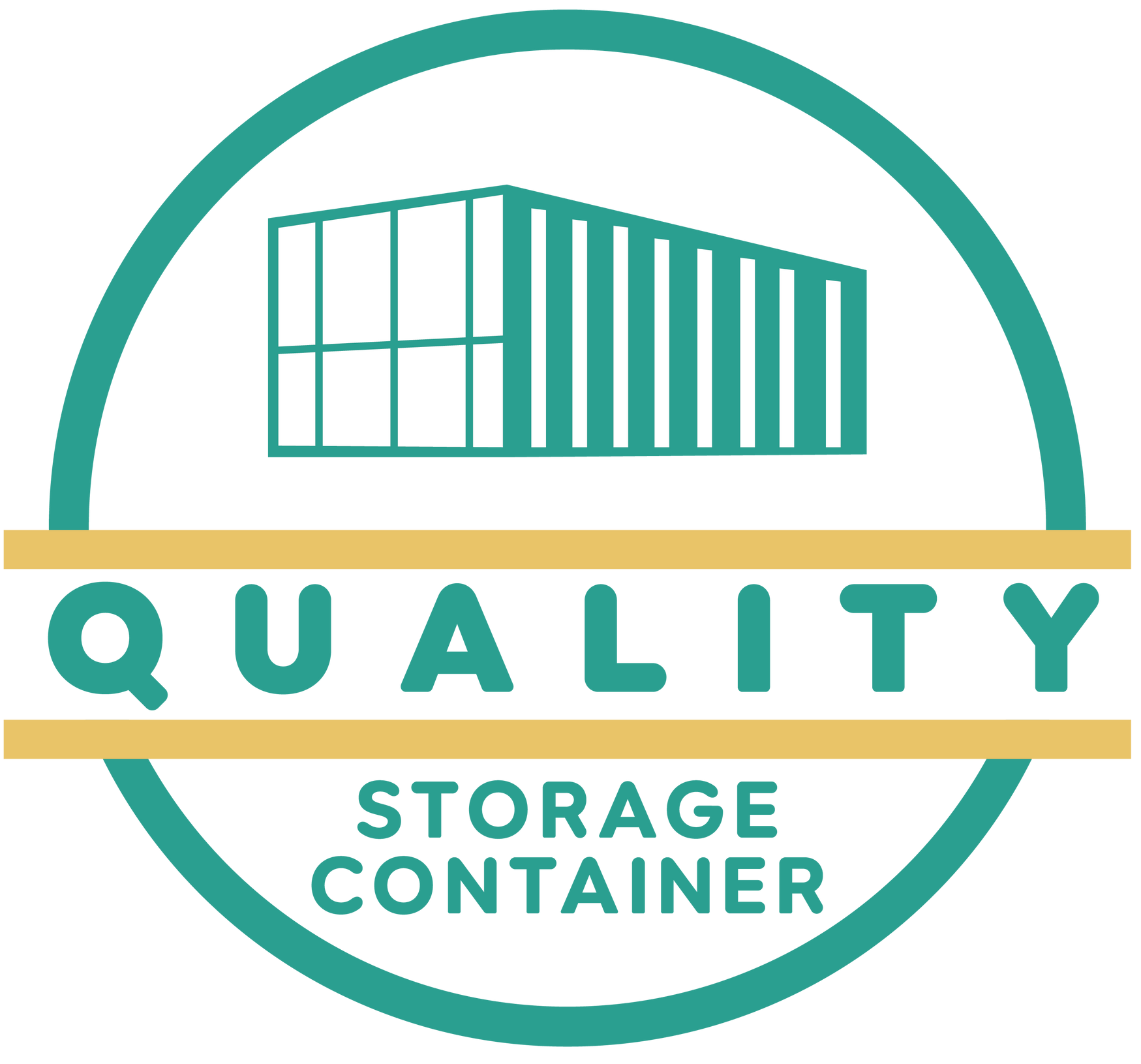Shipping Container Sizes Guide: Dimensions, Capacity & Uses
Choosing the right shipping container size is the most crucial step in any project. If you need a small storage option, it's important to know the standard sizes and capacities. This is also true if you need a unit for shipping overseas or a base for a custom build. This guide will help you understand the most common container sizes: 10ft, 20ft, and 40ft. It will also help you find the best option for your needs.
We will explain the main differences between standard and high cube containers. We will provide size charts and tips on how to choose the
best container for your project. This includes options for small home storage and large business needs.
10ft Shipping Container Dimensions & Uses
The 10ft shipping container is the smallest and most portable of the standard sizes. Its small size makes it a popular choice for places with limited space. This includes urban job sites, homes, and crowded commercial areas. While smaller, it offers a surprisingly secure and weather-resistant storage solution.
Ideal For:
- Residential Use: Storing tools, landscaping equipment, holiday decorations, or furniture during a move or renovation.
- Small Businesses: Storing excess inventory, documents, or tools.
- Construction Sites: Serving as a secure, on-site tool shed for small- to medium-sized projects.
| Measurement | Imperial | Metric |
|---|---|---|
| External Length | 10 ft | 3.05 m |
| External Width | 8 ft | 2.44 m |
| External Height | 8 ft 6 in | 2.59 m |
| Internal Length | 9 ft 3 in | 2.83 m |
| Internal Width | 7 ft 8 in | 2.35 m |
| Internal Height | 7 ft 9 in | 2.39 m |
| Tare Weight | 2,800 lbs | 1,270 kg |
| Payload Capacity | 19,600 lbs | 8,890 kg |
| Cubic Capacity | 560 cu ft | 16 cu m |
20ft Shipping Container Dimensions & Uses
The 20ft shipping container is the most versatile and widely used size in the industry. It provides a perfect balance of ample storage space and easy maneuverability. This container is often called a TEU, which stands for Twenty-foot Equivalent Unit. It is a global standard for shipping and storage.
Ideal For:
- Commercial & Retail: Storing extra inventory, seasonal goods, or equipment.
- Construction: Providing a secure, mobile office or storage unit for tools and materials on a job site.
- Residential & Moving: This service stores the items from a three-bedroom home. It is a popular choice for big renovations or moves.
| Measurement | Imperial | Metric |
|---|---|---|
| External Length | 20 ft | 6.10 m |
| External Width | 8 ft | 2.44 m |
| External Height | 8 ft 6 in | 2.59 m |
| Internal Length | 19 ft 4 in | 5.89 m |
| Internal Width | 7 ft 8 in | 2.35 m |
| Internal Height | 7 ft 9 in | 2.39 m |
| Tare Weight | 4,850 lbs | 2,200 kg |
| Payload Capacity | 57,150 lbs | 25,920 kg |
| Cubic Capacity | 1,172 cu ft | 33.2 cu m |
Ready to get a quote on the most popular container size?
Request a Free Quote for a 20ft Container
40ft Shipping Container Dimensions & Uses
The 40ft shipping container is a robust and large-capacity solution, often used for major industrial, commercial, and agricultural needs. It provides double the storage space of a 20ft container, making it a cost-effective choice for large-scale projects.
Ideal For:
- Industrial & Manufacturing: Storing raw materials, finished products, or large machinery.
- Agriculture: Securely storing grain, feed, or large farming equipment.
- Bulk Storage: Businesses needing long-term storage for a significant amount of inventory.
| Measurement | Imperial | Metric |
|---|---|---|
| External Length | 40 ft | 12.19 m |
| External Width | 8 ft | 2.44 m |
| External Height | 8 ft 6 in | 2.59 m |
| Internal Length | 39 ft 5 in | 12.02 m |
| Internal Width | 7 ft 8 in | 2.35 m |
| Internal Height | 7 ft 9 in | 2.39 m |
| Tare Weight | 8,270 lbs | 3,750 kg |
| Payload Capacity | 58,330 lbs | 26,460 kg |
| Cubic Capacity | 2,385 cu ft | 67.5 cu m |
Standard vs. High Cube Containers
While most containers share the same length and width, their height can differ. A standard container has a height of 8 ft 6 in. Meanwhile, a High Cube container adds an extra foot, bringing the total height to 9 ft 6 in. This extra space makes a significant difference for certain projects.
When to Choose a High Cube:
Oversized Cargo: You are storing or shipping tall machinery, vehicles, or equipment.
Palletized Goods: You are stacking pallets or boxes to maximize vertical space.
Container Conversions: You are building a container home or office and require additional ceiling height for comfort and functionality.
High Cube 40ft Container Dimensions:
External Height: 9 ft 6 in
Internal Height: 8 ft 10 in
Cubic Capacity: 2,694 cu ft
Payload Capacity: 57,000 lbs
How to Choose the Right Container Size
Choosing the right size is about more than just matching your budget. You need to consider what you're storing, where the container will be placed, and how you will access your items.
For On-Site Storage: Consider the footprint. Will a 40ft container fit comfortably on your property? If space is a concern, a 10ft or 20ft unit may be a better option.
For Shipping: Your cargo's dimensions and weight will dictate the size. Be sure to calculate the volume and payload capacity to ensure your items will fit and not exceed the weight limit.
For Custom Builds: The size will depend on your design. Many architects use 40ft containers as a base, but smaller sizes can be combined to create unique layouts.
Frequently Asked Questions About Container Sizes
Get Expert Help Choosing Your Container
Still not sure which
shipping container size and
grade is right for your project? Our team of experts is here to help. We can answer your questions and give you expert advice. We will help you find the best container for your project, whether you are in California or Las Vegas.



